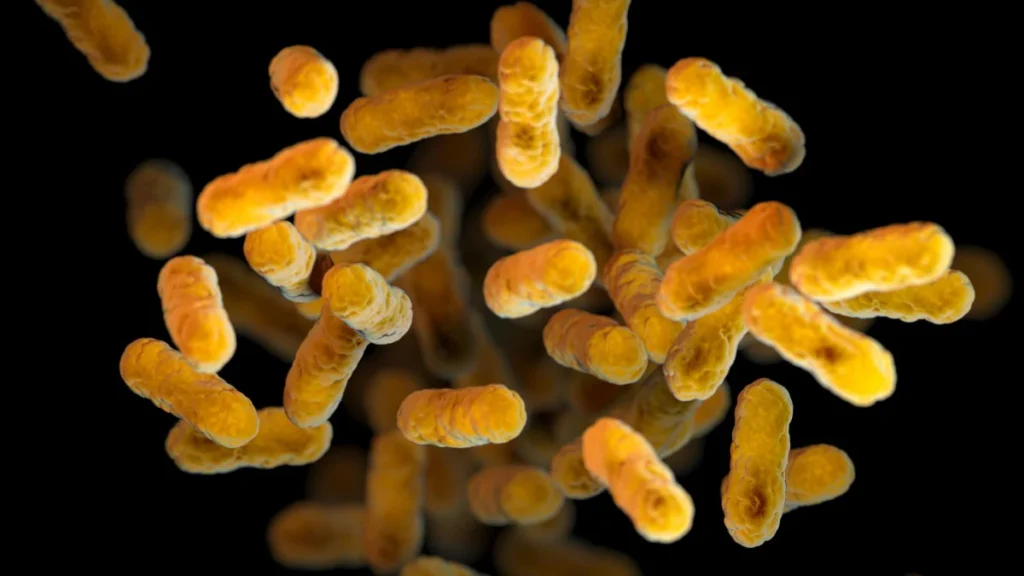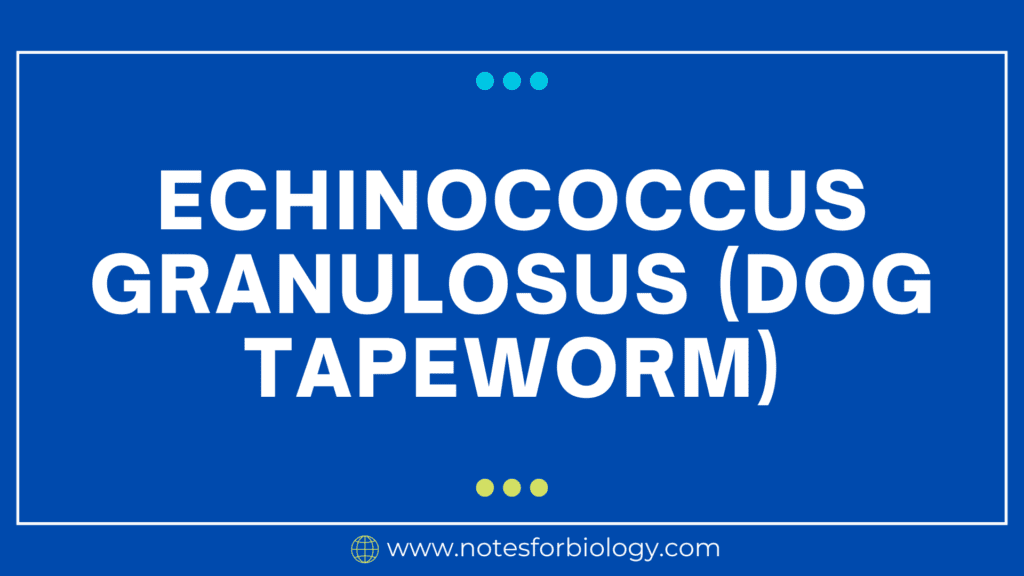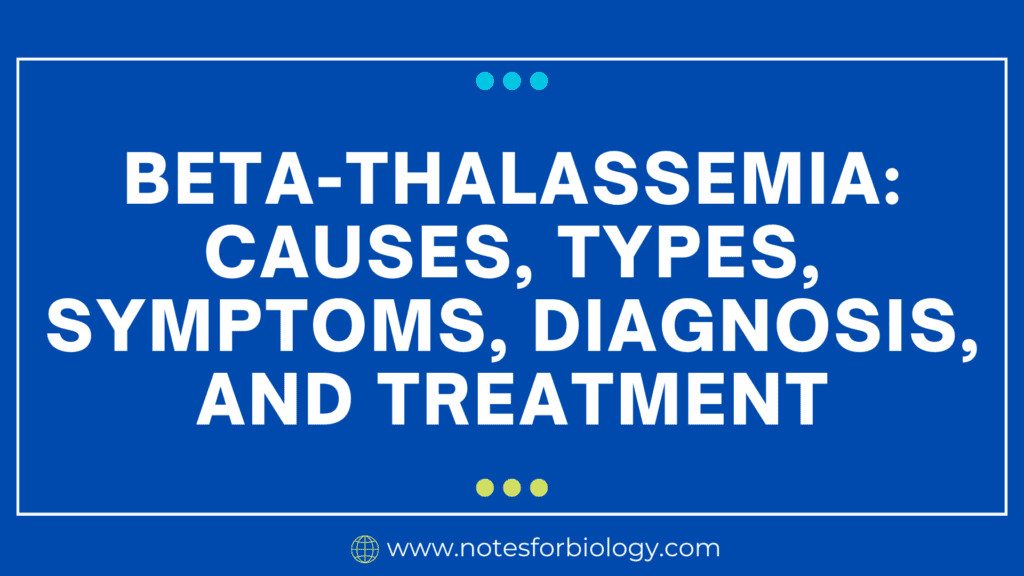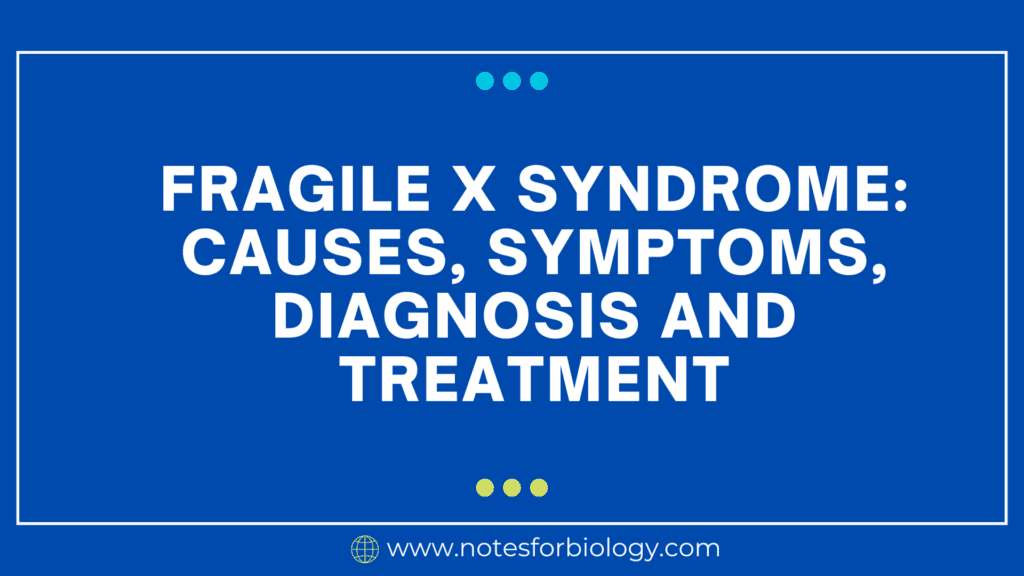Bordetella pertussis is the Gram-negative coccobacillus bacterium is the source of whooping cough, or pertussis. This extremely contagious respiratory illness is especially harmful to newborns and young children and is typified by violent coughing episodes.
The rod-shaped, coccoid, or ovoid Gram-negative bacteria Bordetella pertussis is encapsulated and does not release spores. Its estimated size is 0.8 μm by 0.4 μm. This aerobe is rigid. It is not readily recognized from Haemophilus species and is organized singly or in small groups.
Table of Contents
Bordetella pertussis

Characteristics
Morphology
- Gram-negative coccobacilli that are small.
- enclosed and immobile.
Metabolism
- organism that is aerobic.
- Both catalase- and oxidases-positive.
Epidemiology
- Global Distribution: Every three to five years, there are sporadic outbreaks of pertussis around the world.
- Reservoir : The only known reservoir for Bordetella pertussis is humans.
- Transmission: When an infected individual coughs or sneezes, respiratory droplets are the main way that the infection is spread. It is extremely contagious, particularly when the illness is just getting started.
Pathogenicity
- Transmission: Extremely contagious; spreads by sneezing or coughing up respiratory droplets.
- Colonization: Sticks to the respiratory tract’s ciliated epithelial cells.
- Toxin Production: The pertussis toxin has a systemic effect by interfering with cellular communication. The ciliated epithelial cells are harmed by tracheal cytotoxin.
Clinical Presentation
- Period of Incubation: Usually 7–10 days.
- Disease Stages: Stage of Catarrhal: Fever, runny nose, and mild cough, similar to a typical cold. This phase lasts one to two weeks.
- Stage Paroxysmal: Marked by intense, uncontrollable episodes of coughing (paroxysms), which are followed by an involuntary high-pitched “whoop” sound during the inhale. This stage could take one to six weeks.
- Weeks to months of gradual recuperation during the convalescent stage, marked by a decrease in coughing fits.
Diagnosis
- Clinical Diagnosis: Based on the paroxysmal cough and other distinctive symptoms.
- Culture: Isolation of B. pertussis from a nasopharyngeal swab on specific media provides laboratory confirmation.
- Bacterial DNA from nasopharyngeal swabs is detected using PCR.
- Serology: Although less frequently utilized, measurement of certain antibodies
Treatment
- Antibiotics: The initial line of treatment is usually a macrolide antibiotic like clarithromycin, erythromycin, or azithromycin. Early in the course of an illness, antibiotics are most effective.
- Supportive care: This includes oxygen therapy, hydration, and monitoring for problems, particularly in little children.
Prevention
- Immunization: The main line of defense. Children are given the DTaP vaccination (diphtheria, tetanus, and acellular pertussis) in a series of doses. Adults and adolescents receive a booster dose of the Tdap vaccine.
- Vaccinating a large proportion of the population to protect the non-immune is known as herd immunity.
- Measures of Public Health: To stop the infection from spreading, sick people should be isolated and close contacts should get preventative antibiotics.
Challenges
- Limitations of the vaccination: Genetic differences in B. pertussis strains and waning immunity over time may result in a decreased effectiveness of the vaccination.
- Diagnosis Delays: In the early stages, the infection may be misdiagnosed or not recognized for what it is.
Future Directions
- Research on novel vaccinations that offer broader protection against different strains and longer-lasting immunity is referred to as “vaccine improvement.”
- Public Awareness: Ongoing initiatives to raise awareness of the value of immunizations and booster shots.
Disease
- Research on novel vaccinations that offer broader protection against different strains and longer-lasting immunity is referred to as “vaccine improvement.”
- Public Awareness: Ongoing initiatives to raise awareness of the value of immunizations and booster shots.
Ongoing research
- Creating new vaccinations: To offer more effective and durable defense.
- Enhancing diagnostics: To facilitate quicker and more precise identification.
- Investigating new therapies: To tackle new issues like antibiotic resistance.
Conclusion
Gratitude Bordetella pertussis is essential for whooping cough prevention and control, particularly for safeguarding susceptible groups like newborns and young children.
In conclusion, whooping cough, a potentially fatal disease, is brought on by the dangerous bacterial pathogen Bordetella pertussis. The most efficient method of preventing this illness is vaccination. In order to contain outbreaks and safeguard vulnerable populations, public health initiatives are essential.
Frequently Asked Question(FAQ)
Define Bordetella pertussis ?
Bordetella pertussis is the Gram-negative coccobacillus bacterium is the source of whooping cough, or pertussis.
What are the three stages of Bordetella pertussis?
A pertussis infection usually goes through three distinct stages after an incubation period of one to three weeks: the catarrhal phase, the paroxysmal phase, and the convalescent phase.
What are the pathogenic mechanisms of Bordetella pertussis?
Numerous toxins and adhesins produced by Bordetella pertussis are crucial to pathogenesis (Table 183-1). B. pertussis attaches itself to ciliated epithelium in the trachea and bronchi after inhalation. Filamentous hemagglutinin, pertactin, and maybe PT facilitate adhesion.
What are the important characteristics of Bordetella pertussis
Bordetella pertussis is a small, aerobic gram-negative rod.
Related Article




